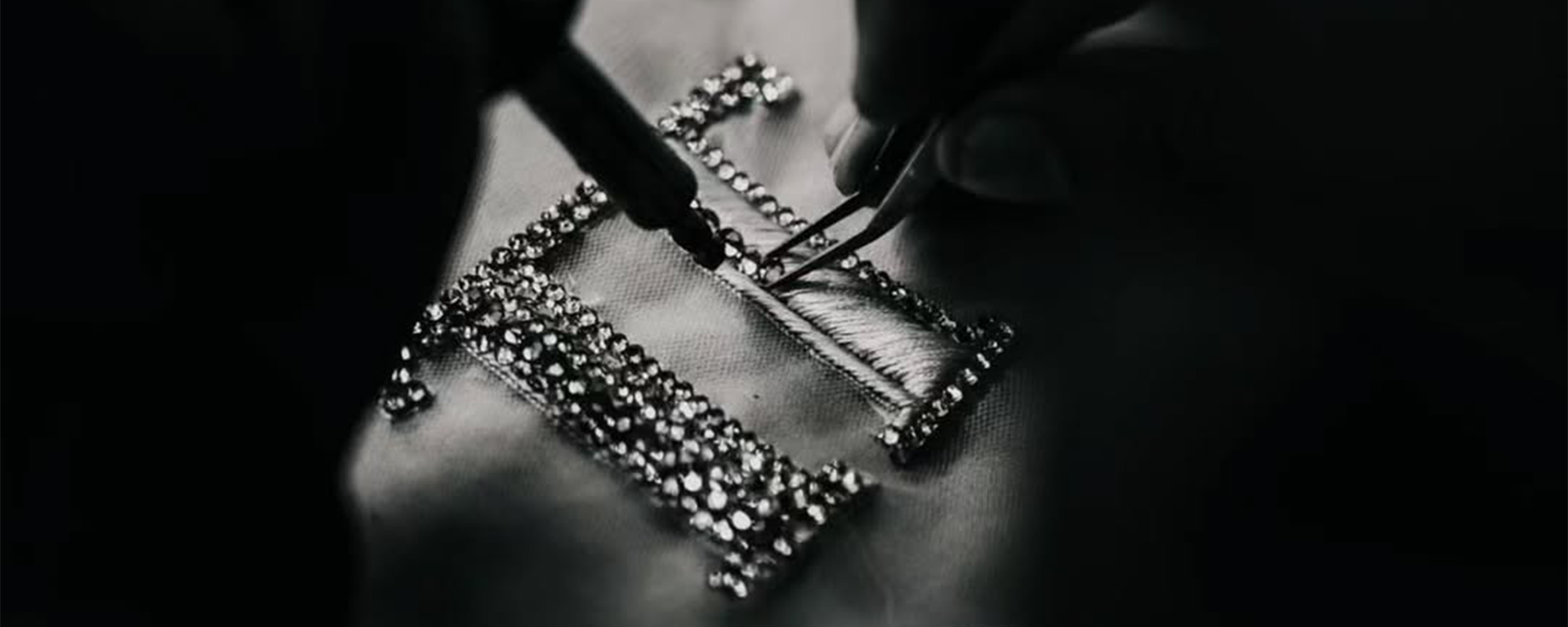About Us
- TARUN TAHILIANI
Traceability, cultural identity, spirituality and sustainability, forms the essence of my work.
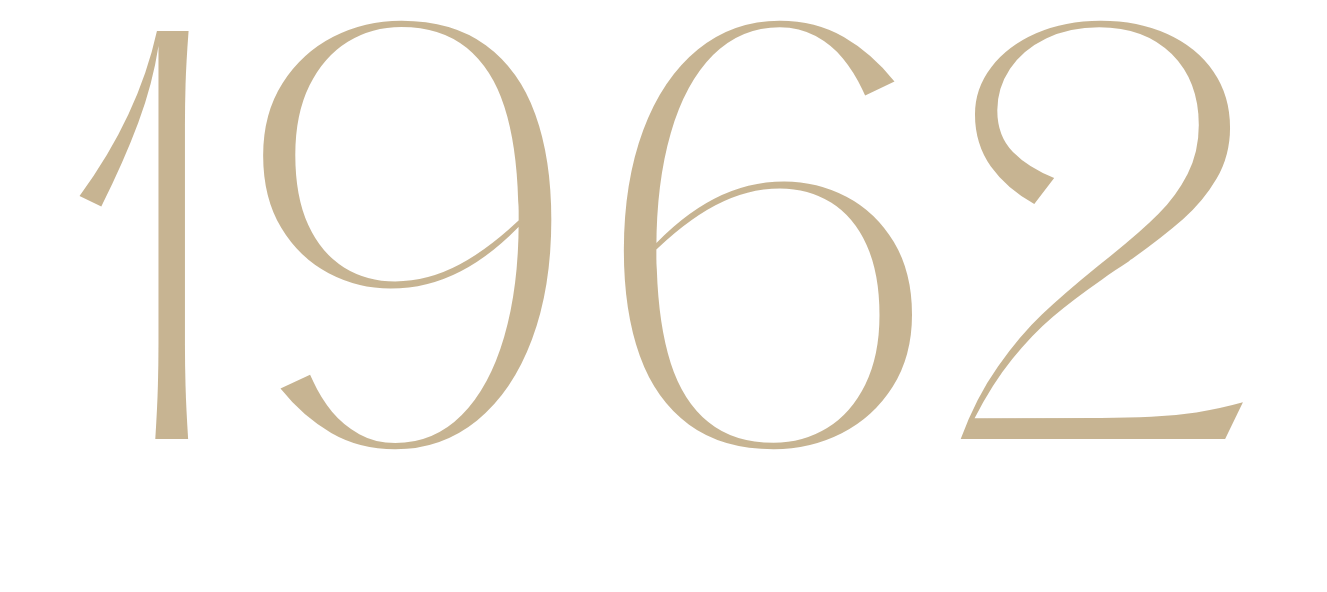
Born in Bombay in 1962 to an admiral in the Indian Navy and the first woman engineer in Maharashtra, Tarun Tahiliani was the elder of two children. He studied at The Doon School in Dehradun, and attended St. Stephens College in Delhi. Soon after, he earned an MBA from The Wharton School of Business, where he met his wife Sailaja, an economics student whom he saw walking at a Pierre Cardin show during a brief modelling career in New York.
Tahiliani’s upbringing was influenced by European methods and he was academically inclined. But on his own volition, he indulged a natural inclination towards art. He drew planes and ships at first, then, as he grew older, detailed figures of wedding processions with accessories. For him, inspiration was everywhere—from the visions of his mother in resplendent saris to habits the nuns at his school wore, to the attire of Koli fisherwomen of Bombay, to global museums and art which expanded his worldview.
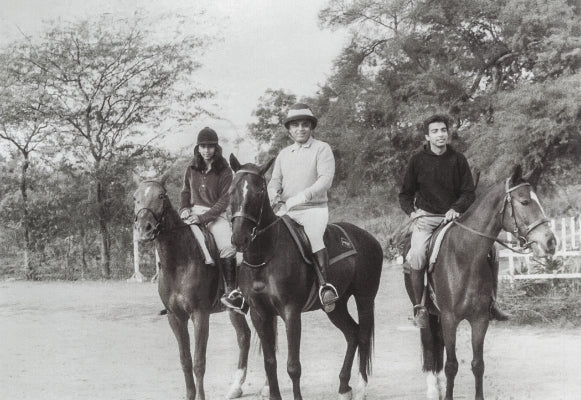
Ensemble: First of its Kind
Upon his return from the States, Tahiliani joined the family business, selling oil-field equipment. But that failed to satisfy the creative in him. At the time (in the late 80s) India was going through an economic revolution. Tahiliani was a part of the movement where we went from textile culture to modern tailored fashion. In 1987, Tahiliani and his wife Sailaja co-founded Ensemble, a multi-brand fashion boutique that introduced luxury retail to Bombay.
The racks featured four Indian and one American designer, along with Tahiliani’s own label, Ahilian. Subsequently, Ensemble provided a platform for some of the best designers at the time, while shaping the way Indian women perceived fashion and clothing. The vertical is now run by his younger sister Tina Tahiliani Parikh, who joined the business in 1990.
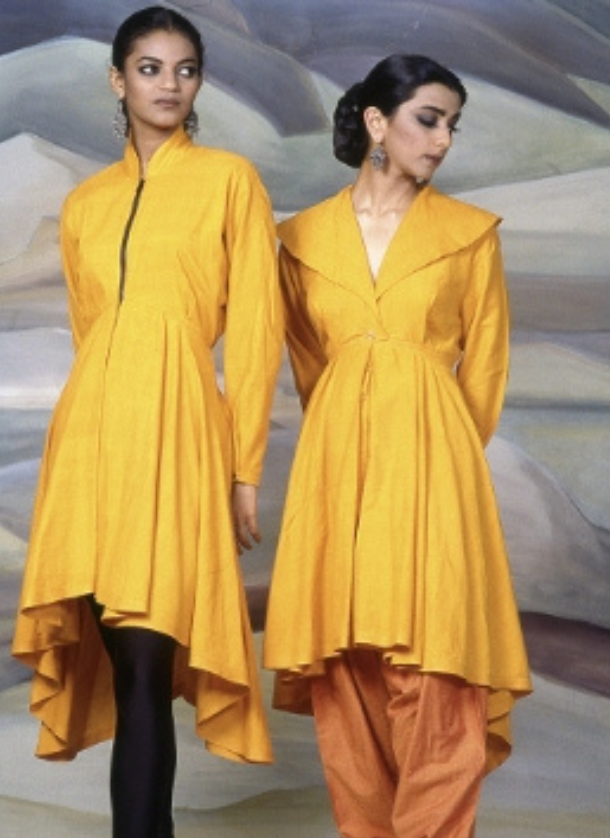
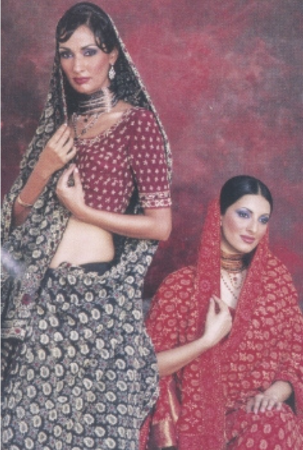
Onwards and Upwards
With the success of Ensemble, Tahiliani’s vision grew larger, along with his desire to create something that would bring craft, culture, and community together in Indian fashion. This, he saw, would be possible only with formal training. In 1990, upon Sal’s insistence, he enrolled in the Fashion Institute of Technology (FIT) in New York City and earned an associate degree. After shuttling between the US and India for four years, Tahiliani returned invigorated.
During this time, in September of 1994, he also held his first solo show, at the Dorchester Hotel in London where he was touted as the ‘Karl Lagerfeld of India’ by British fashion editor, Isabella Blow. This show of early appreciation, coupled with his growing technical knowledge in design, began to lead Tahiliani in a new direction.
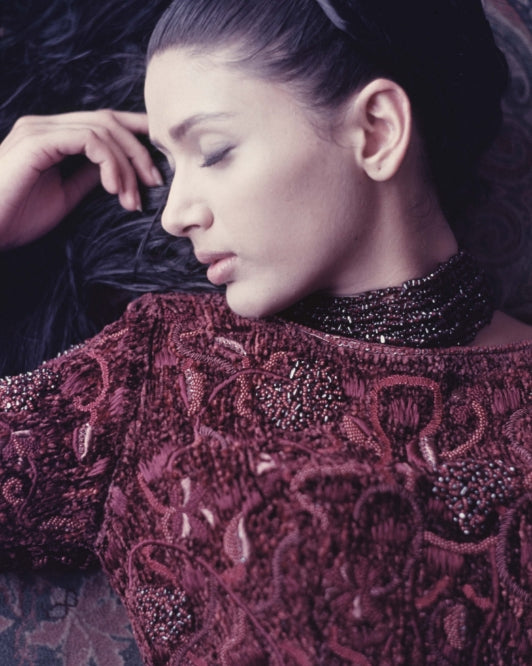
It showed him a new India–away from the anglicised schools and clubs & military establishments. For him, this was the real India. As the studio grew, Tahiliani shifted operations to a more expansive space in Mehrauli, located adjacent to the Qutub complex. This was an important period for the designer: while his style continued to reflect a particular Indianness, his structured designs were a break away from tradition.
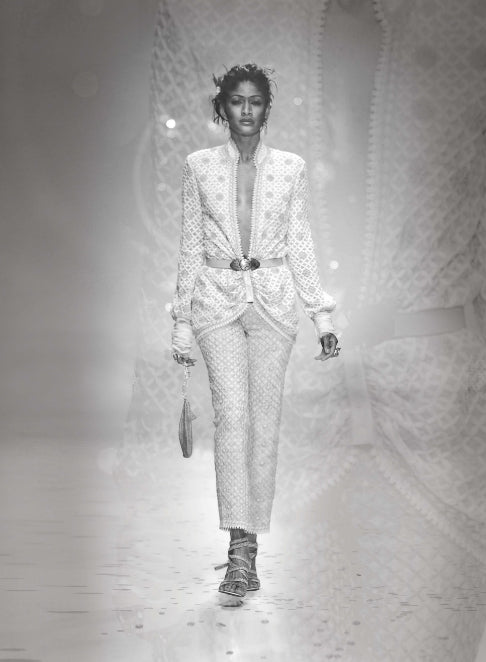
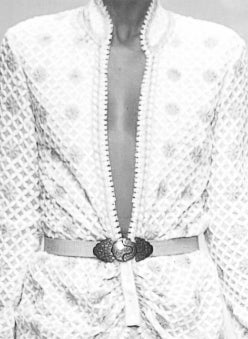
Far and Wide
With great influence in the industry, Tahiliani, along with six other designers and a businessman, came together in 1999 to form the Fashion Design Council of India (FDCI). This paved the way for India’s very own Fashion Week-cum-trade show.
In September 2003, Tahiliani also became the first Indian designer to showcase at Milan Fashion Week. Milan gave him the opportunity to dive into what he loved most: Luxury prêt. Over the last two decades, the work has graced celebrated places—New York, London, Tokyo, Dubai, Singapore, and Karachi—and people, including celebrities, royalty, and style-setters.
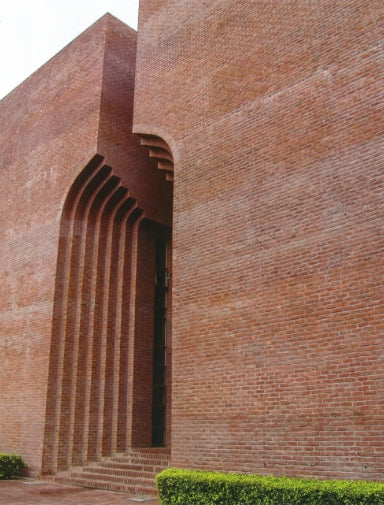
Now nestled deep inside Gurugram, Haryana, the 45000-sq-ft atelier houses a trusted team of one thousand plus team of designers, master-craftsmen, tailors, drapers, and seamstresses.
Constructed in 2010, it is an imposing red brick structure - currently the base of all operations.A second structure is scheduled to be commissioned at the end of 2022 to accommodate further expansion.
- TARUN TAHILIANI


